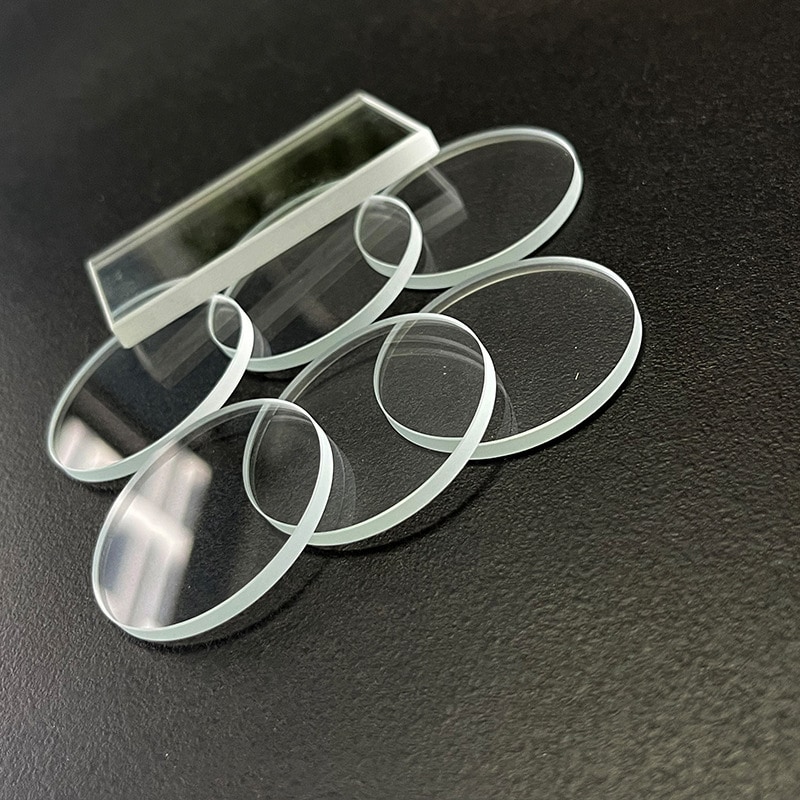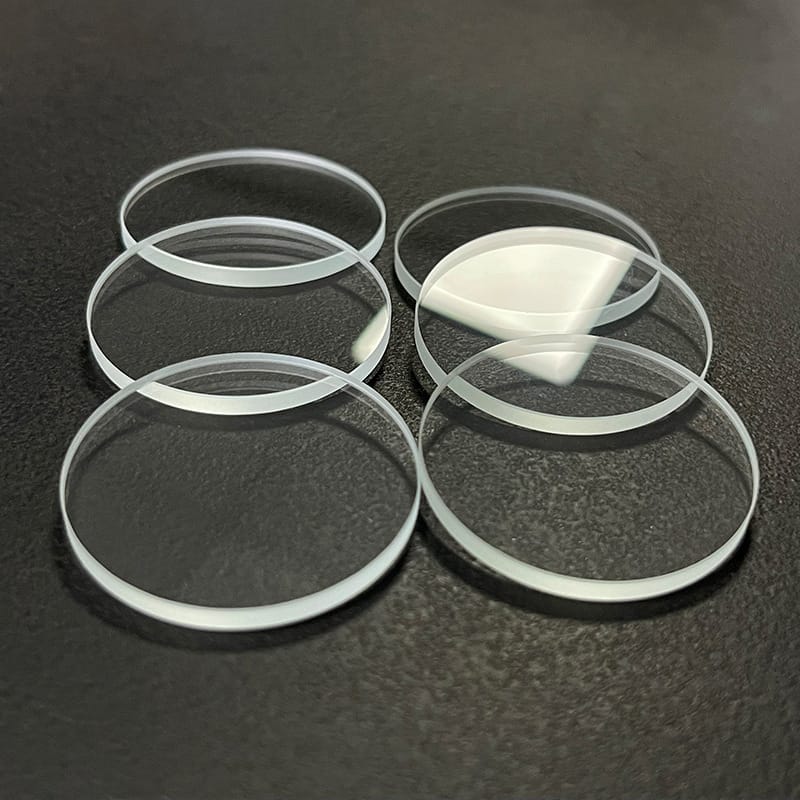Czy zastanawiałeś się kiedyś nad wadami szkła szafirowego?
Zrozumienie jego ograniczeń ma kluczowe znaczenie dla podejmowania świadomych decyzji dotyczących jego użytkowania.
Zagłębmy się w wady szkła szafirowego i zbadajmy potencjalne rozwiązania.
Chociaż szkło szafirowe ma wiele zalet, ma również kilka wad, które mogą ograniczać jego zastosowanie w niektórych zastosowaniach.
Niektóre z głównych wad szafiru obejmują:

Koszt:
Koszt produkcji szafiru jest wyższy w porównaniu z innymi rodzajami szkła lub przezroczystych materiałów. Proces uprawy syntetycznych szafirowych kryształów jest złożony i czasochłonny, obejmujący wysokie temperatury, wyspecjalizowany sprzęt i precyzyjną kontrolę warunków wzrostu, co zwiększa koszty produkcji. Dlatego szafirowe szkło jest często droższe niż tradycyjne szkło lub inne przezroczyste materiały, dzięki czemu jego opłacalność jest niższa w niektórych zastosowaniach.
Krucha natura:
Pomimo wysokiej twardości szafirowe szkło jest stosunkowo kruche w porównaniu z materiałami takimi jak szkło temperowane. W pewnych warunkach szafirowe szkło jest podatne na złamanie lub pęknięcie, zwłaszcza gdy jest poddawany znaczącemu wpływowi lub presji. Ta kruchość sprawia, że szafirowe szkło jest bardziej podatne na uszkodzenia w zastosowaniach obejmujących siły o dużej uderzeniu lub naprężenie mechaniczne.
Trudność w przetwarzaniu:
Szafirowe szkło jest trudniejsze do przetworzenia w porównaniu z innymi materiałami. Jest to materiał krystaliczny, który wymaga specjalistycznych technik cięcia, szlifowania i polerowania, które mogą być bardziej czasochłonne i kosztowne. Ponadto szafirowe szkło jest trudne do łączenia lub przyłączenia, co może ograniczyć jego zastosowanie w aplikacjach wymagających wiązania lub uszczelnienia.
Ograniczony rozmiar i grubość:
Ze względu na wyzwania związane z uprawianiem dużych i gęstych kryształów szafirowych rozmiar i grubość szafirowego szkła są stosunkowo ograniczone. W porównaniu do tradycyjnego szkła szafirowe szkło zwykle ma mniejsze wymiary i cieńsze grubości, które mogą nie być odpowiednie do niektórych zastosowań wymagających większych lub grubszych elementów szkła.

Waga:
Szafirowe szkło ma większą gęstość niż tradycyjne szkło, co oznacza, że może być cięższy dla danego rozmiaru i grubości. Może to być wada w zastosowaniach wrażliwych na ciężar lub przy projektowaniu lekkich urządzeń, w których należy wziąć pod uwagę ciężar szafirowego szkła.
Bardziej energooszczędna produkcja:
Produkcja syntetycznych szafirowych kryształów używanych do szafirowego szkła wymaga wysokich temperatur i energochłonnych procesów, co może powodować wyższe zużycie energii i wpływ na środowisko w porównaniu z innymi materiałami. Może to stanowić problem dla aplikacji lub branż z względami środowiskowymi.
Odbicie bez powłoki antyrefleksyjnej (AR):
Szafirowe szkło ma stosunkowo wysoki współczynnik załamania światła, co może prowadzić do znacznego odbicia na jej powierzchni bez odpowiedniej powłoki antyrefleksyjnej (AR). Może to spowodować niepotrzebne odbicie lub spojrzenie w niektórych zastosowaniach, takich jak wyświetlacze lub soczewki optyczne, wymagające dodatkowych powłok AR w celu złagodzenia tego problemu.
Podczas gdy Sapphire Glass oferuje wiele zalet, ma również kilka wad, w tym wyższy koszt, kruchość, trudności w przetwarzaniu, ograniczoną wielkość i grubość, wagę, bardziej energochłonną produkcję i współczynnik odbicia bez powlekania AR. Podczas oceny przydatności szafiru do określonych zastosowań należy wziąć pod uwagę ograniczenia te, a alternatywne materiały mogą być preferowane w zależności od wymagań i ograniczeń zastosowania.

